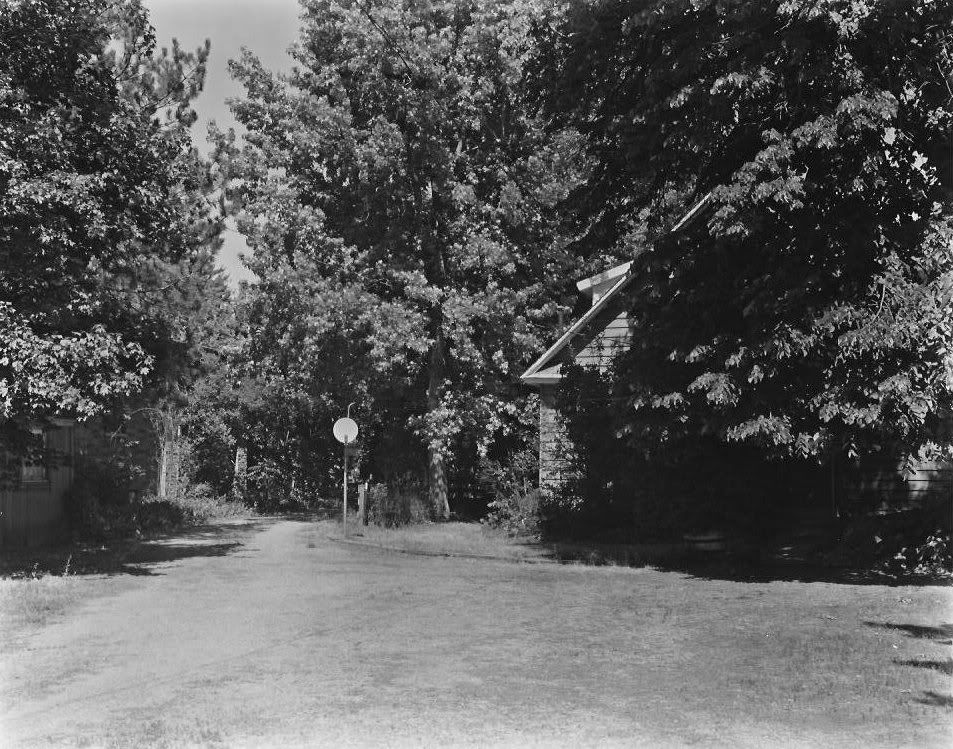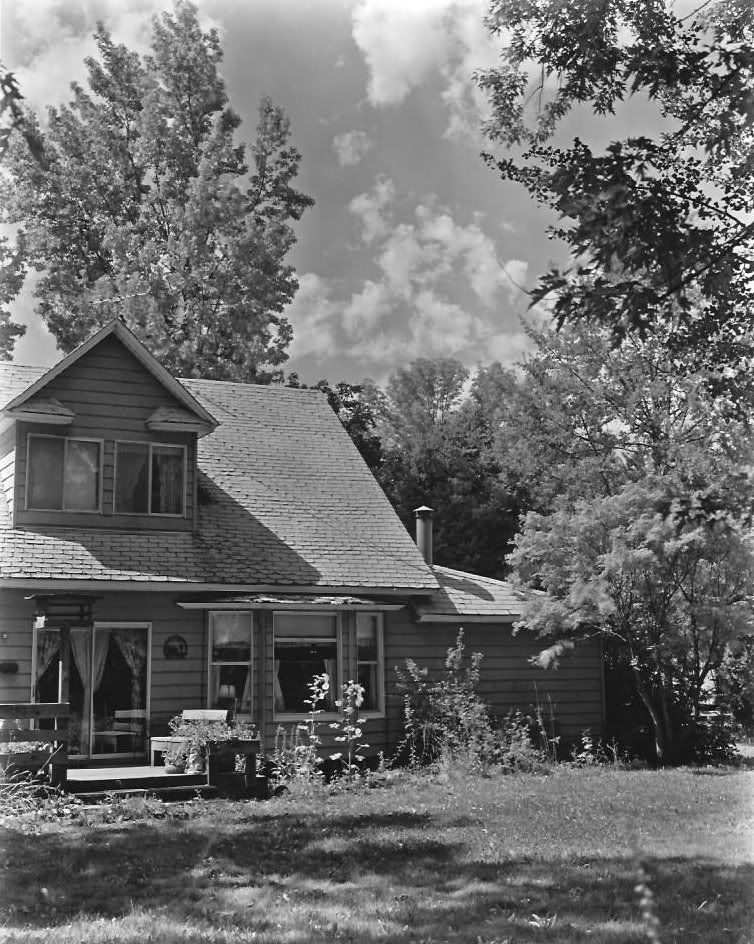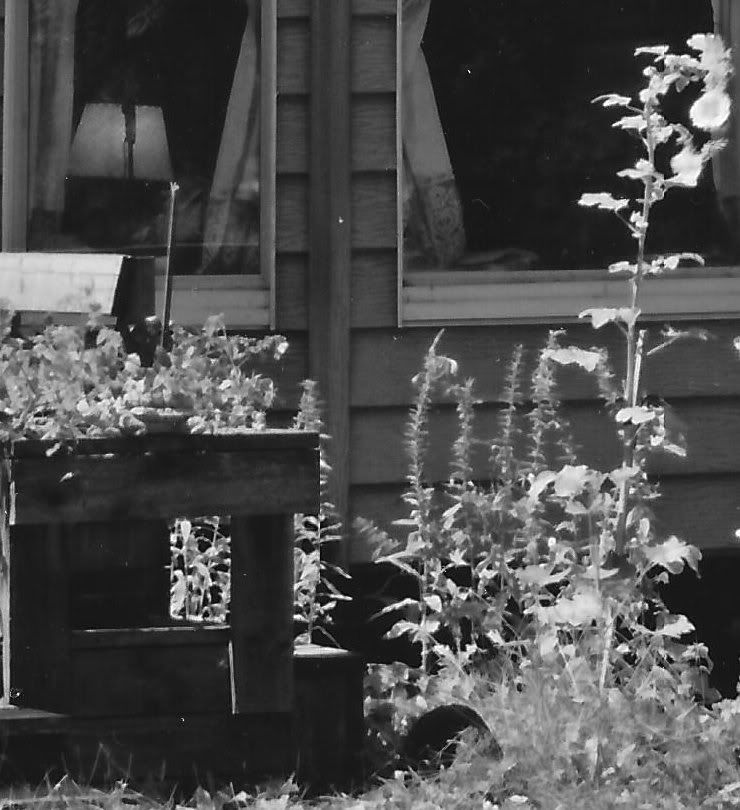My issues with x-ray film have come from its soft, two sided emulsion. Do you strip away one of the emulsions with bleach, or keep both sides?
My issues with x-ray film have come from its soft, two sided emulsion. Do you strip away one of the emulsions with bleach, or keep both sides?
A search of the forum posts will give you that answer in great detail, but from what I have read and observed, stripping one side of the emulsion does not produce a sharper negative.
Vaughn,
The image #2 is typical Xray caracteristic, plenty of contrast and sharp.However the the shadow lost details because of its hight contrast so I usually placed at zone IV. The soaking time for Xray is crucial , soaking time for larger neg raised accordingly. Please remember to use latex glove when handle ULF neg , avoid crossed contamination handleling during processing.
I've been working with Kodak High Speed Green X-Ray film for a few months. I think it's mostly the same as standard speed green X-ray film, except it's supposed to be twice as fast. If most people are shooting the standard speed film is around EI 80, then this should be about EI 160. Maybe because of the developer I'm using, I have to give it a lot more exposure, about EI 50. This negative was exposed at 1/10 sec @ f32 under sunny sky and developed in a 16X20 tray using a developer made with:
2 liters water
2 grams metol
8 grams sodium sulfite
3 grams borax
Development was about 8 minutes with continuous gentle agitation.
The negative was contact printed onto Arista.EDU Ultra VC RC glossy paper using grade 2 filtration. The light source was an Omega color enlarger and the filtration was yellow and magenta using the settings from an Ilford Multigrade IV FB data sheet.
The print was scanned at 100 DPI resolution and cropped in Gimp, because when I do a scan I get the whole scanner bed. I think the contrast was adjusted slightly to match the print a little better. Then it was uploaded to Photobucket with no other changes. Unfortunately, the scanned print loses a lot of fine detail, even thought it's slightly larger than original size on my screen.
For this and the next several images, I used an 8X10 Improved Seneca View and an 8X10 Turner-Reich Triple, a late one with the Fairport address. The TR does a lot better job than these scans show.

For this one I drove out to some volcanic basalt cliffs near Lucky Peak Dam, not far from Boise. A Sunpak Y-2 yellow filter was used to darken the sky somewhat. Based on previous experiments I gave it two more stops exposure, 1/2 sec @ f32. Processing and printing were as the previous image.
I guess I could try to pass off what's in the sky as thin, whispy clouds, but it was actually clear, blank sky in the scene. What I thought was a good processing routine turned out to be no good at all when there was a lot of blank sky.
Back to the drawing board, to find a way to get more even development.

Great information. Thanks. Nice to hear all of the information regarding exposure, processing, printing etc. Keep it up folks!
My next attempt back at home was to try to get more even development. After doing a little research, I decided to try longer development with a less active developer. So I dropped the Borax from my favorite recipe, and went with just Metol and Sodium Sulfite:
2 liters water
2 grams metol
25 grams sodium sulfite
This would be similar to D-23 diluted about 1:6. Developed for 11minutes with continuous, gentle agitation. Still using a yellow filter over the T-R, in the hopes I might get a future shot with some clouds in the picture. Clear skies again when I took this shot. Results were a little better, but not much. Back to the drawing board again.

Woot! Finally got a shot with some clouds in the sky. The yellow filter helped bring them out, I think. Did some more research, and thought maybe I was agitating too much. This time, used the same developer as the previous image but reduced agitation down to 5 seconds of gentle agitation in the tray every 1minute. Developed for 14 minutes. Things are looking up! By the way, I exposed 3 sheets of film for each of these shots, and sacrificed 2 of them getting development times down, as I was changing things between shots. A little uneven density can still be seen in the sky by careful inspection, but I think the clouds saved this shot. Without them it would be more noticeable.

Last edited by desertrat; 30-Aug-2011 at 18:47. Reason: Fixed image
Thanks for posting the images and explanation. I think it is good to show the problems as well as the successes. I have found that uneven skies can be a development issue and I think that to much agitation can be the cause.
Thanks, Jim. It seems the less I agitate the negatives, the more even development I get. Uneven density would be a very bad thing on a medical x-ray, and the standard process obviously overcomes that, so I did some research on how it's done. I downloaded the data sheets for the Kodak x-ray films.
They are developed in tanks using a proprietary Kodak developer for 7-8 minutes with no agitation after initially tapping the film hangars to dislodge bubbles. It looks like stand development for 7-8 minutes.
I might try stand development or switch to Pyrocat, which has a reputation for even development.
It looks like I might be able to get where I want, which is to use the green x-ray film for landscape photography and print it on variable contrast enlarging paper. The variable contrast filtration seems to work OK, even through the blue base of the film. When developed to the lower density used for enlarging papers, the grain isn't so bad. It's a little grainier than Plus-X, but a lot less grainy than when I got some dense negatives by overdevelopment. I can see the grain in a contact print with 10x magnification, but it doesn't show up in the contact print scans due to poor scanning resolution. I think the last negative could withstand 2x or 3x enlargement and still look not bad.
I scanned the last print again at 600 DPI and cropped out some small insets to give a better picture of the resolution I'm getting. Even at 600 DPI, the grain isn't visible on the scan and the smallest and finest detail on the print isn't visible either.
You can see how the highlights bleed out into the surrounding dark areas just a bit. I'm pretty sure this is halation because there is no anti-halation backing on the film. The second emulsion layer is there instead.

Bookmarks